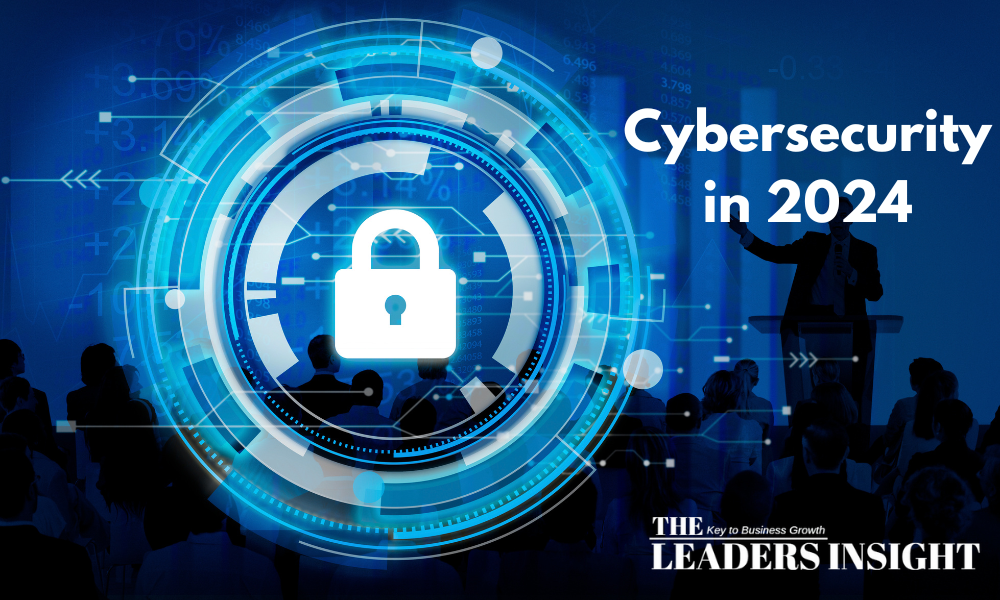Cybersecurity: Trends and Innovations Shaping the Future

The Rising Importance of Cybersecurity
As cyber threats continue to evolve in 2024, organizations are prioritizing security measures to protect their networks, data, and customers. With the increasing sophistication of cyberattacks, businesses are adopting new strategies and technologies to stay ahead of potential threats. This article explores the key trends shaping the cybersecurity landscape and how organizations can bolster their defenses.
AI and Machine Learning: Revolutionizing Cyber Threat Detection
Artificial intelligence (AI) and machine learning are transforming cybersecurity by enhancing threat detection and response capabilities. According to McKinsey, organizations that leverage AI-driven security solutions can detect and mitigate threats up to 60% faster than traditional methods.
AI algorithms analyze vast amounts of data in real-time to identify anomalies and potential threats, enabling proactive responses. Leading cybersecurity firms like CrowdStrike and Darktrace are utilizing AI to offer automated threat detection and response solutions, improving overall efficiency and reducing incident response times.
Zero-Trust Architecture: Strengthening Security Postures
In 2024, the zero-trust security model is gaining widespread adoption as organizations focus on securing their digital ecosystems. The zero-trust approach challenges the traditional perimeter-based security model by enforcing continuous authentication and verification of all users and devices, regardless of their location.
According to Forrester Research, implementing a zero-trust framework can reduce the risk of data breaches by up to 50%. Companies like Palo Alto Networks and Okta are in charge of solutions that integrate identity verification, multi-factor authentication, and AI-based threat detection to secure sensitive information and prevent unauthorized access.
Ransomware Protection: Adapting to a Growing Threat
Ransomware attacks remain a significant concern for organizations in 2024, with cybercriminals deploying increasingly sophisticated tactics. According to Cybersecurity Ventures, ransomware damages are expected to exceed $30 billion globally by the end of 2024.
Businesses are investing in advanced security solutions to protect against ransomware attacks. Endpoint detection and response (EDR) solutions, offered by companies like Symantec and Sophos, provide real-time monitoring and automated responses to detect and isolate ransomware infections before they can spread.
Additionally, organizations are adopting backup strategies and implementing disaster recovery plans to minimize the impact of ransomware incidents. Regular employee training on identifying phishing attempts and suspicious activities is crucial for preventing attacks.
Cloud Security: Protecting Data in a Remote Work Environment
The rapid adoption of cloud services has brought new security challenges in 2024, as organizations navigate a complex digital landscape. Protecting sensitive data in multi-cloud and hybrid environments requires robust security measures to prevent unauthorized access and data breaches.
According to Gartner, cloud security spending is expected to grow by 20% in 2024, driven by increased reliance on remote work and cloud-based services. Companies like Microsoft Azure and Amazon Web Services (AWS) are expanding their cloud security offerings, providing integrated solutions for identity and access management, data encryption, and threat intelligence.
IoT Security: Addressing Vulnerabilities in Connected Devices
The proliferation of Internet of Things (IoT) devices presents new security risks as these connected devices become integral to everyday life. According to IDC, the number of IoT devices is expected to exceed 30 billion by the end of 2024, with applications ranging from smart homes to industrial automation.
However, the rapid growth of IoT devices has exposed vulnerabilities that cybercriminals can exploit. To address these risks, organizations are adopting IoT security solutions that focus on device authentication, secure communication, and real-time monitoring. Companies like Fortinet and Check Point are leading the development of IoT security solutions to protect connected devices from cyber threats.
Biometric Authentication: Enhancing User Security
Biometric authentication is gaining traction as a secure alternative to traditional passwords in 2024. By utilizing unique biological characteristics like fingerprints, facial recognition, and voiceprints, biometric authentication provides an additional layer of security.
According to Juniper Research, the global market for biometric authentication is projected to reach $45 billion by 2025, driven by increasing demand for secure access controls in banking, healthcare, and mobile applications. Companies like Apple and Samsung are incorporating biometric technologies into their devices, enabling secure and convenient authentication for users.
The Role of Cyber Insurance: Mitigating Financial Risks
With the rise of cyberattacks, organizations are turning to cyber insurance to mitigate financial risks. Cyber insurance policies provide coverage for data breaches, ransomware attacks, and other cyber incidents, helping businesses recover from financial losses and reputational damage.
According to Allied Market Research, the global cyber insurance market is expected to reach $29 billion by 2026, with increasing demand from small and medium-sized enterprises (SMEs) seeking protection against cyber threats. Leading insurers like AIG and Chubb are expanding their cyber insurance offerings to provide comprehensive coverage and risk management services.
